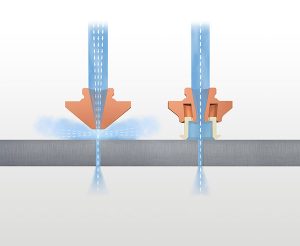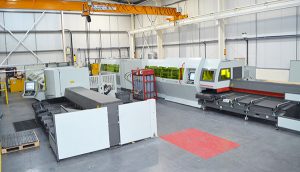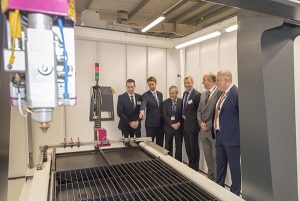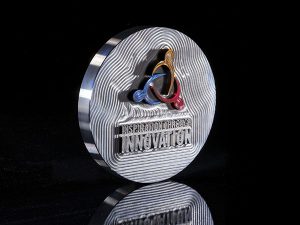De Cromvoirtse, a Netherlands-based steel stockholder and contract manufacturer of small batches of semi-finished sheet metal components, has invested in two interlinked, automated storage systems from Kasto and connected them to three laser-cutting machines to help speed deliveries.
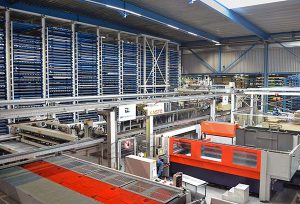
The Uniline store and Unitower B ensure fast, accurate, damage-free material handling, while the supplier’s warehouse management system keeps track of stock and ensures smooth order processing.
Manufacturing capacity at De Cromvoirtse includes press brakes in addition to the laser-cutting machines. About 90% of products are made from steel, stainless steel or aluminium sheet, the remainder being
pipes and sections.
The double-sided Uniline store from Kasto has nearly 1000 storage locations, with special pallets for different materials and sizes, as well as for remnants. A stacker crane travels between the two rows of the facility, storing and retrieving material automatically as needed.
“Kasto worked with us right from the planning phase to develop new ideas for the design,” says Janwillem Verschuuren, one of the company’s two managing directors. “They told us clearly what wouldn’t work, and
what would.”
For example, it proved possible to connect two flat-bed laser-cutting machines seamlessly to achieve continuous material flow.
The latest Unitower B storage system, which was installed in a few weeks without interrupting the stockholder’s operations, consists of a double tower and stacker crane. Rising to a height of 8.5 m and with a compact footprint, it has space for almost 80 pallets, each of which can hold sheets measuring up to 3000 x 1500 mm. An additional laser-cutting machine is connected to the Unitower, with loading and unloading being performed automatically.
For further information www.kasto.com








